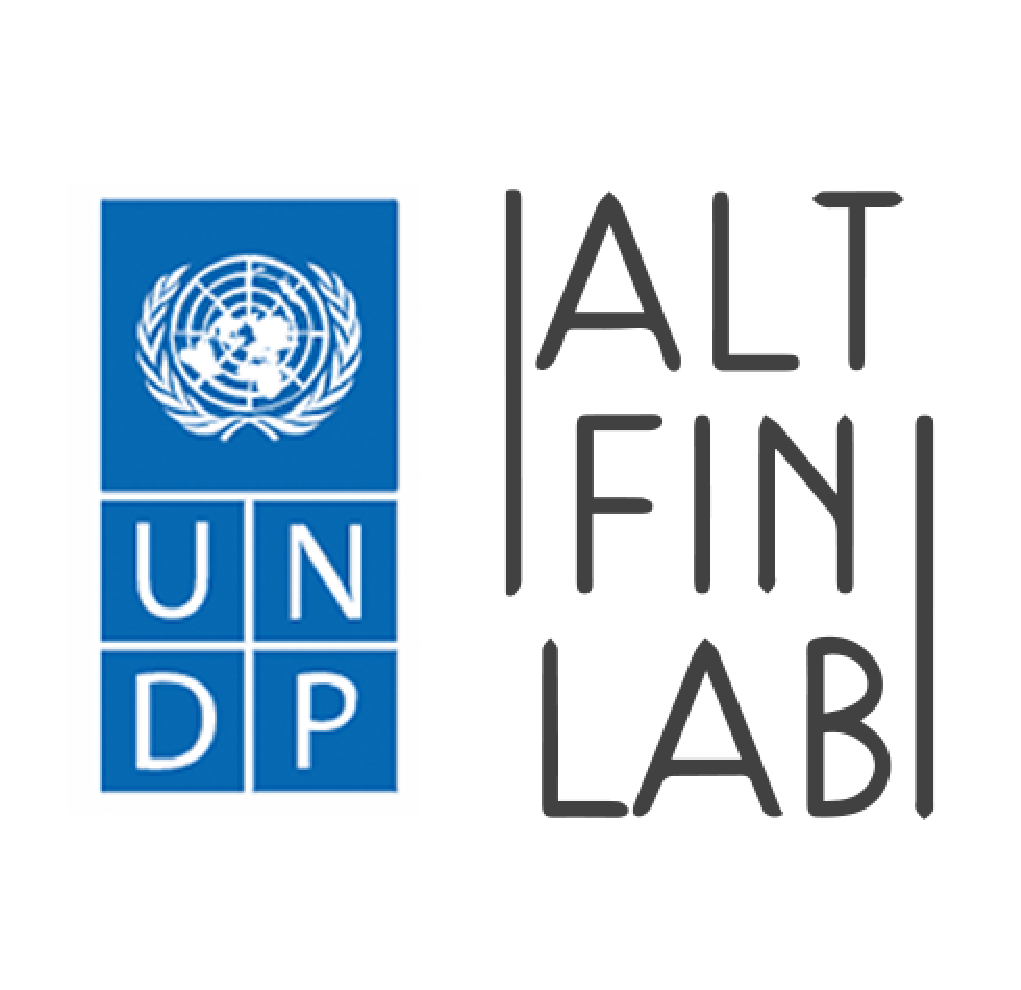Discussion Paper Series
Read the latest discussion paper series exploring the latest advancements and challenges in emerging technologies, driving insights and innovation in the field.
Thank you! Your submission has been received!
Oops! Something went wrong while submitting the form.

Zengpeng Li
Hanze Guo
Marco Alberto Javarone
Hala Hawashin
Yang Xiang
Yutao Hu
Ju Jia
Jiahong Li
Abylay Satybaldy
Yang You
Yulong Shen
Shengkai Zhang
Ziwei Yang
Jianfeng Ma
Teng Li
Ruiying Du
Kun He
Jing Chen
Ao Liu
Paolo Barucca
Sanidhay Arora
Yichen Luo
Yang Liu
Hao Ren
Chong Wang
Cong Wu
Jelena Mirkovic
Jun Li
Tatiana Harkiolakis
Terence Tse
Daphne Halkias
Mark Esposito
Logan Alred
Aayush Ladda
Yang Liu
Carol Alexander
Exponential Science
Horst Treiblmaier
Nikhil Vadgama
Andreia Sofia Teixeira
Yu Gao
Aanchal Malhotra
Firas Dahi
Benjamin Livshits
Daniel Perez
Yebo Feng
Yathin Kethepalli
Yimika Erinle
Alexander Freier
Alastair Moore
Jiangbo Shangguan
Walter Hernandez
Yuen-Hsien Tseng
Niall Roche
Eason Chen
Sheng-Nan Li
Nicolò Vallarano
Tao Yan
Francesco Maria De Collibus
Raffaele Cristodaro
Chris N. Bayer
Juan Ignacio Ibañez
Claudio J. Tessone
Tiziano Squartini
Nicolò Vallarano
Valerio Restocchi
Francesco Mottes
Carlo Campajola
Alexandre Bovet
Jiahua Xu
Kamil Tylinski
Paolo Tasca
Sarah Davis
Michael Brown
Emily Johnson
Jane Smith
John Doe



